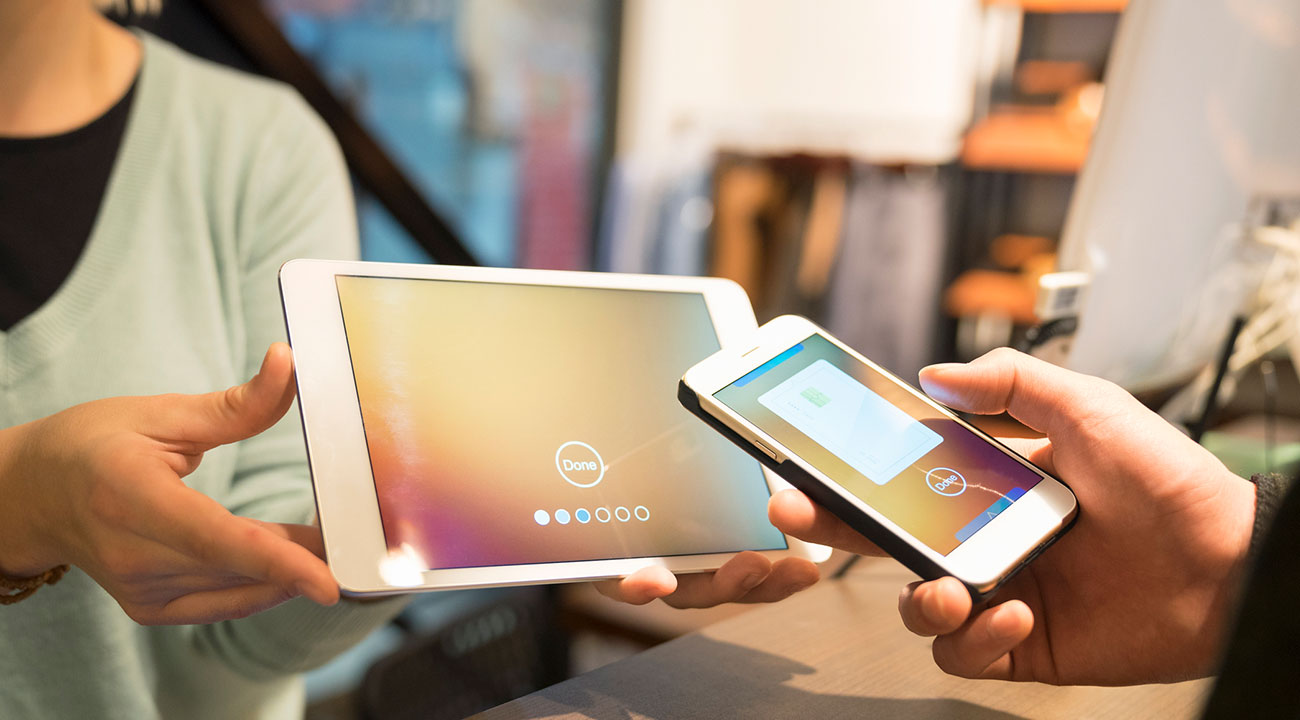Payments is an industry ripe for disruption. Research suggests that anywhere between 30-50% of fintechs are developing payment technology. The reason for this is clear – payment networks are built on last century’s technology. A clean sheet design built on a modern stack will have many technological advantages.
However, as any investor knows, the challenge for a start-up isn’t the technology—it’s market need and industry readiness. In order for innovative payment technology to be widely adopted and succeed, the industry must overcome inertia and inch forward with security as a main priority.
Planning your security approach as you develop your payment apps? Here’s a starting point to guide your approach:
Inertia in the Payments Market
It’s easy to look at the global payment infrastructure with a critical eye. At first glance, it seems that there is an apparent unwillingness to embrace new technologies. However, that line of reasoning quickly falls apart when you talk to the innovative Digital Proposition leaders working at payment networks. The reality is that there is a great willingness to adopt new technologies and processes in order to bring payments into the future.
So, where does the inertia come from? There’s a simple answer: it comes from scale.
For any payment network to survive and even thrive, it needs critical mass. This requires universality which brings two key ingredients:
- Merchants can accept payment from all their customers
- Customers know the merchant will accept their payment method of choice
If there is any doubt at the cash register about whether a payment method will be accepted, the customer will simply avoid the potential awkward situation altogether by falling back on a more familiar method.
Consumers don’t want to have to juggle a variety of payment methods. As a general rule, a person can be reasonably expected to use a maximum of three payment methods regularly.
This creates the infamous chicken and egg scenario for new payment technology: Merchants won’t deploy new payment acceptance technology when there is no demand from their customers. Likewise, customers won’t add a new payment technology to their wallet if there are no shops accepting it. The result is inertia.
Market Differences and Mobile Payments Adoption
Of course, payments technology does change. Look at the growth of contactless payments across Europe during the 2010s or the EMV migration in the US. While important from a user experience and fraud reduction perspective, these are iterations on the existing technology base.
Arguably, the new transit models are the most revolutionary change in card payments in recent years. These models remove the need to buy a ticket or transit card. Instead, you simply “tap” with a contactless payment card (or mobile wallet) and the system charges your card based on the journey you took. This technology has been proven with Transport for London (TfL) and the models are now being deployed globally.
The payments landscape of Africa and Asia offer another view of technological advances and the adoption of new use cases. M-Pesa in Kenya was an early example of a successful mobile payments deployment. And in China, the success of WeChat Pay and Alipay meant that 74% of people used mobile payments on a daily basis last year.
However, these new payment use cases don’t mean that the inertia challenge has been solved. The reality is that these were regions that electronic payments hadn’t reached critical mass. They were cash reliant markets until the pressure for change was too much. At which point, these markets were able to leapfrog over the incumbent technology that the rest of world had been using. They had the unique opportunity to build a new solution based on the very latest technology with market demand giving confidence that consumers would adopt it quickly.
Something similar occurred (albeit on a smaller scale) in the US with contactless payments. In Europe and Canada, contactless payments were first associated with plastic cards. In the US, tapping a card never really took off—in the minds of stateside consumers, “contactless payments” doesn’t involve a plastic card. Instead, it is associated with Apple Pay, Google Pay and a mobile device.
Overcoming Inertia in the Payments Market
These big leaps forward in technology aren’t good for the industry or for consumers. It holds the industry back from deploying new innovations that help reduce fraud, drive down cost, improve the user experience and – most importantly – stay ahead of disruptors. While for consumers, a large leap in change is always a barrier to adoption.
It would be best for all parties involved if we could take small, iterative steps in technology; ideally with these changes being transparent to consumers and merchants alike.
China’s wide adoption of mobile technology offers insight into how this can realistically be achieved. Smart devices can make real-time decisions; allowing the best infrastructure available to be used for each and every transaction. In turn, this allows the latest technology to be deployed gradually while maintaining backwards compatibility. The decision-making process can happen without any interaction by the consumer or the merchant; eliminating the doubt historically caused when deploying new technology. As far as the consumer and merchant are concerned, the transaction just works.
We should expect to see a blurring between traditional payment networks, account to account payments, new technologies – such as stablecoin settlement as deployed recently by Visa – that are only starting to emerge, and those that haven’t even been conceived of yet.
Digital Wallets and SoftPOS technology, such as Tap to Phone, are the stepping stones of this vision. These technologies provide the link between the existing payment networks and an adaptable infrastructure facilitated by smart, updatable devices.
It is in this context that Apple’s acquisition of Mobeewave last year is interesting. Apple already had a payment device under their control with ApplePay. Adding Mobeewave’s technology gives them control over the acceptance side of the transaction as well.
Moving Forward Requires Security and Trust
Trust is a big part of any payments infrastructure. Consumers won’t pay with something they don’t trust. That trust is underpinned by security and risk mitigation. Moving from dedicated payment devices to smart devices requires a different security model—one that embraces the flexibility and upgradeability of software.
App Shielding vendors like Verimatrix have been supporting deployments under these challenges for a number of years. Issuer Wallets built on top of the Cloud-Based Payments specification (often called HCE Payments) are a good example of this. That security expertise will be crucial to the next payments evolution
Nexoya Technologies is the partner of choice for many of the country’s leading bank, government organizations, enterprises, SMEs, and technology challengers. We help businesses elevate their value through custom Managed Services, IT & Business Consulting, Technology Solutions, Cybersecurity Training, and Full-Cycle Software & Mobile App Development. Nexoya Technologies is the authorized partner of Verimatrix for the Bangladesh region.

